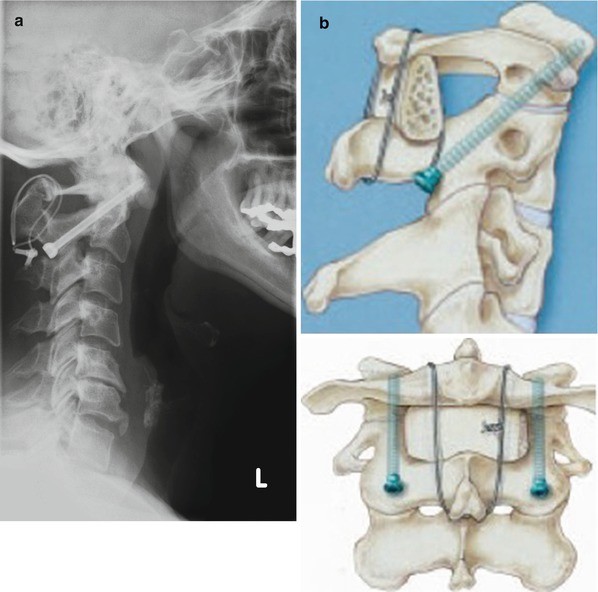+918292345710

This is your website preview.
Currently it only shows your basic business info. Start adding relevant business details such as description, images and products or services to gain your customers attention by using Boost 360 android app / iOS App / web portal.
The indication for fusion in CVJ instability pa...

The indication for fusion in CVJ instability patients, an extensive posterior instrumentation fixation procedure that sacrifices the motion of the occipital and C1-2 complex is still controversial. In other words, failed fusions were due to use of an inappropriate method of rigid internal fixation or of an improper fusion level. To determine the number of fusion levels is one of the most important factors to achieve the complete fusion. Reducibility, status of posterior element and direction of surgical approach should be determined in deciding the level. An initial distinction should be made between non-trauma versus traumatic lesion and reducible versus irreducible lesion. We should always take the followings into consideration for specific treatment of CVJ instability. First is reducibility of the bony lesion. Depending on the reducibility and status of posterior element, the instrumentation is extended upward to the occiput or is extended downward to the C3, C4. Incomplete reduction of C1-2 lesion is a statistically significant risk factor for Vertebral artery injury during the placement of screws instrumentation. In reducible lesions at CVJ, stabilization is paramount to maintain neural decompression. In irreducible lesions, decompression is mandated at the site of encroachment, whether this is anterior or posterior approach. If complete reduction of the C1-2 subluxation is possible, we usually perform C1-2 fusion so that occipital-C1 motion is preserved. If the lesion is irreducible C1-2 subluxation and C1 or C2 posterior element defect (such as fracture and tumour), we recommend OC fusion in these circumstances. However, irreducible C1-2 lesion may necessitate OC fusion for stability. Second is direction of compression and encroachment. Compressed lesions require decompression at a site where the compression has occurred; these are divided into ventral and dorsal compression states. Anterior decompression (ex, transoral odontoidectomy) results in severe ligamentous and osseous destruction. CVJ disease should be followed carefully to avoid unnecessary procedures but nevertheless, it is more important to provide surgical treatment based on different individuals.

 +918292345710
+918292345710